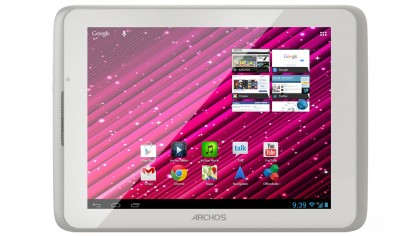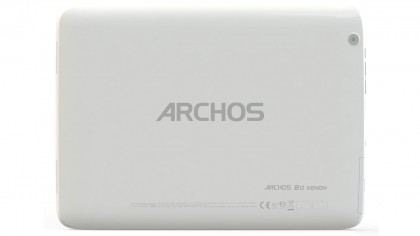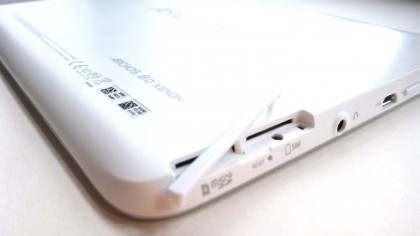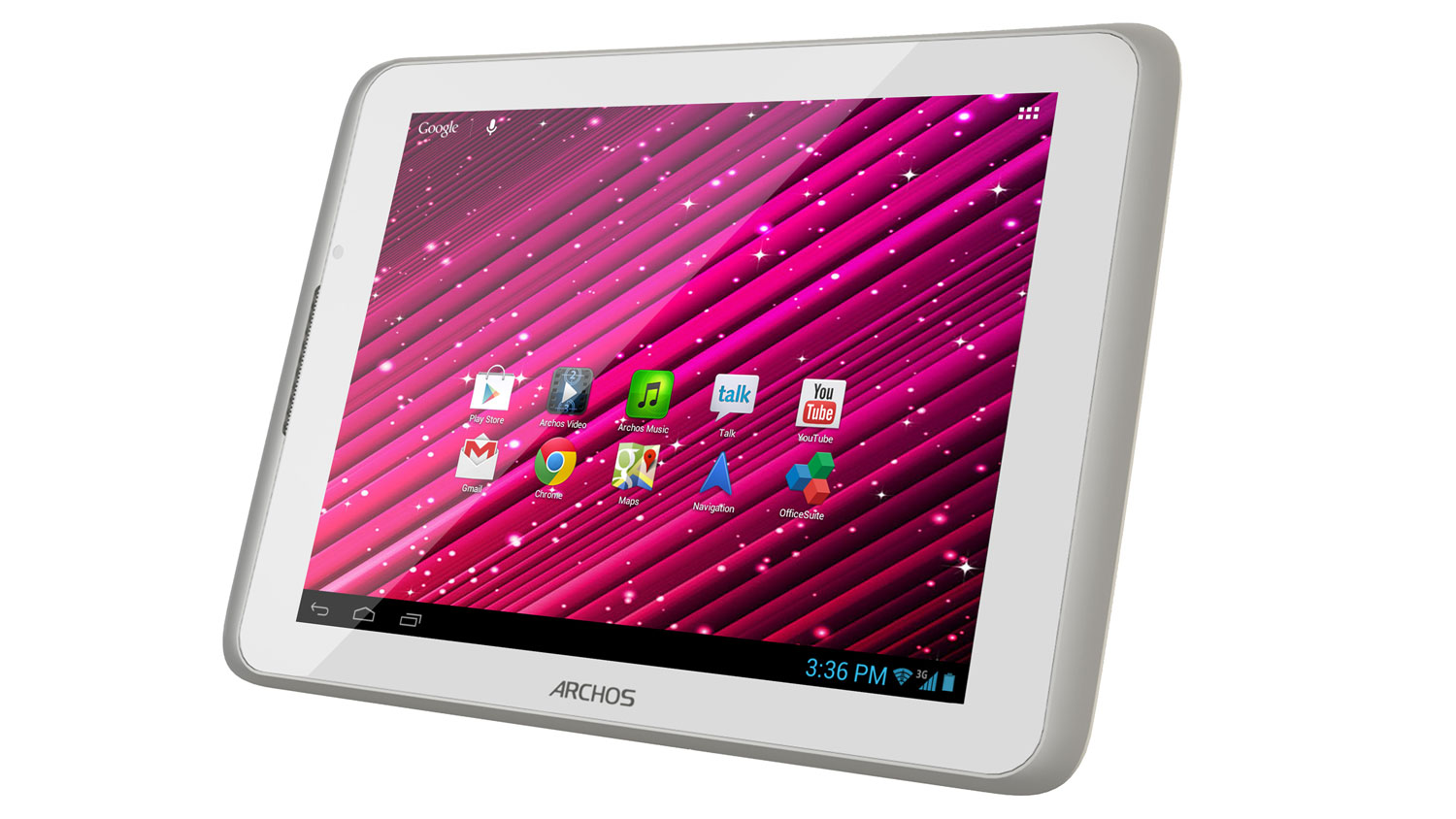TechRadar Verdict
Pros
- +
Quad-core processor
- +
3G, GPS and Wi-Fi
- +
Battery life
- +
Low price
Cons
- -
Heavy
- -
Older Android
- -
Speaker quality & placement
- -
Only 4GB storage
Why you can trust TechRadar
Android tablets trying to take a chunk out of the Nexus 7 and iPad mini 2 market aren't exactly rare, but the Archos 80 Xenon comes with a low enough price tag for us to take notice.
Archos has been quietly slipping more and more spec'd-down Android tablets of all sizes onto the market in the last year, but the 80 Xenon has enough speed and power to be a realistic competitor.
With a screen measuring 8 inches in diameter, the 80 Xenon - which runs the slightly aging Android 4.1.2 - is all about matching the original iPad mini's key specs for just over half the price, so you get a 1024 x 768 resolution that's identical to Apple's effort, but has less detail than the Nexus 7's smaller 1280 x 800 screen.
The panel itself is of an IPS type for decent viewing angles and contrast, while our review sample also included Bluetooth, Wi-Fi and 3G connectivity options - which you can snap up from just £129.
You'll find GPS inside - not always a given at this price - as well as a 2MP camera and an Adreno 203 graphics chip, while its dinky 4GB flash drive is accompanied by a microSD card slot for expanding to something more useful.

Crucially, all of this is governed by a 1GB of RAM and a 1.2GHz quad-core Snapdragon S4 processor, which proves just enough for all-round tablet use. In terms of both features and processing speed, it's a significant jump up in quality from the Archos 80 Titanium.
Measuring 213 x 155 x 11.3mm, the Archos 80 Xenon weighs-in at 435g, which is significantly more than the iPad mini, iPad Mini 2 and Nexus 7.
However, while just enough to challenge the iPad mini on its other core specs - though particularly that low, low price - the 80 Xenon is also up against the likes of Acer's A1, which has 16GB storage, a 5MP camera and weighs 410g, which sells for more or less the same price. So the 80 Xenon could have its work cut out.

The 80 Xenon is about videos and web surfing on the go, with the provision of 3G at such a small price the big draw. Many other 7- or 8-inch tablets better its other specs, but few offer a SIM-card slot at this price.
Elsewhere it's thoroughly average; the screen has a paltry 160dpi - though its 4:3 shape makes it adept with websites - while a 4GB flash drive is nothing to get excited about.
Its microSD card slot can take media up to 64GB in size, so the total storage of the 80 Xenon can reach 68GB, which should be enough for most tablet users. Both the microSD and SIM-card slots are found underneath a removable, hinged plastic hood on the Xenon 80's lower left-hand side.

Talking of which, I'm not a fan of the 80 Xenon's button placement. Above the plastic hood on the side of the bezel are a headphones jack, microUSB slot for recharging and data transfer, a volume rocker and the standby switch.
The latter is especially poorly placed; it doesn't feel at all natural to reach for once the 80 Xenon is being held, especially for a right-hander - it would be far better positioned on the right-hand side of the top of the tablet as it's held in landscape mode.
The rear-facing camera is just behind that standby switch, with the front-facing webcam just in front and ranged slightly lower. At least the rest of the tablet is clean of controls and buttons, with the speakers on - and slightly behind - the right-hand side, or bottom as the 80 Xenon is held in portrait mode. The logic behind that speaker placement is beyond me.

However, the 80 Xenon is no slim-line tablet; the bezel measures a whopping 25mm at the sides and 12mm at the top, while depth is 11.3mm. Though it's pleasant enough to hold and doesn't feel cheap or tacky, the 80 Xenon is heavy; after a short while the so-called convenience of tablets didn't hold true and it was quickly relegated to use on a table top.
So, although it's capable of streaming video over Wi-Fi, I'll revise what I said earlier and state that the 80 Xenon is best viewed as a device for quickly checking email, a calendar or for brief web browsing.
Jamie is a freelance tech, travel and space journalist based in the UK. He’s been writing regularly for Techradar since it was launched in 2008 and also writes regularly for Forbes, The Telegraph, the South China Morning Post, Sky & Telescope and the Sky At Night magazine as well as other Future titles T3, Digital Camera World, All About Space and Space.com. He also edits two of his own websites, TravGear.com and WhenIsTheNextEclipse.com that reflect his obsession with travel gear and solar eclipse travel. He is the author of A Stargazing Program For Beginners (Springer, 2015),

